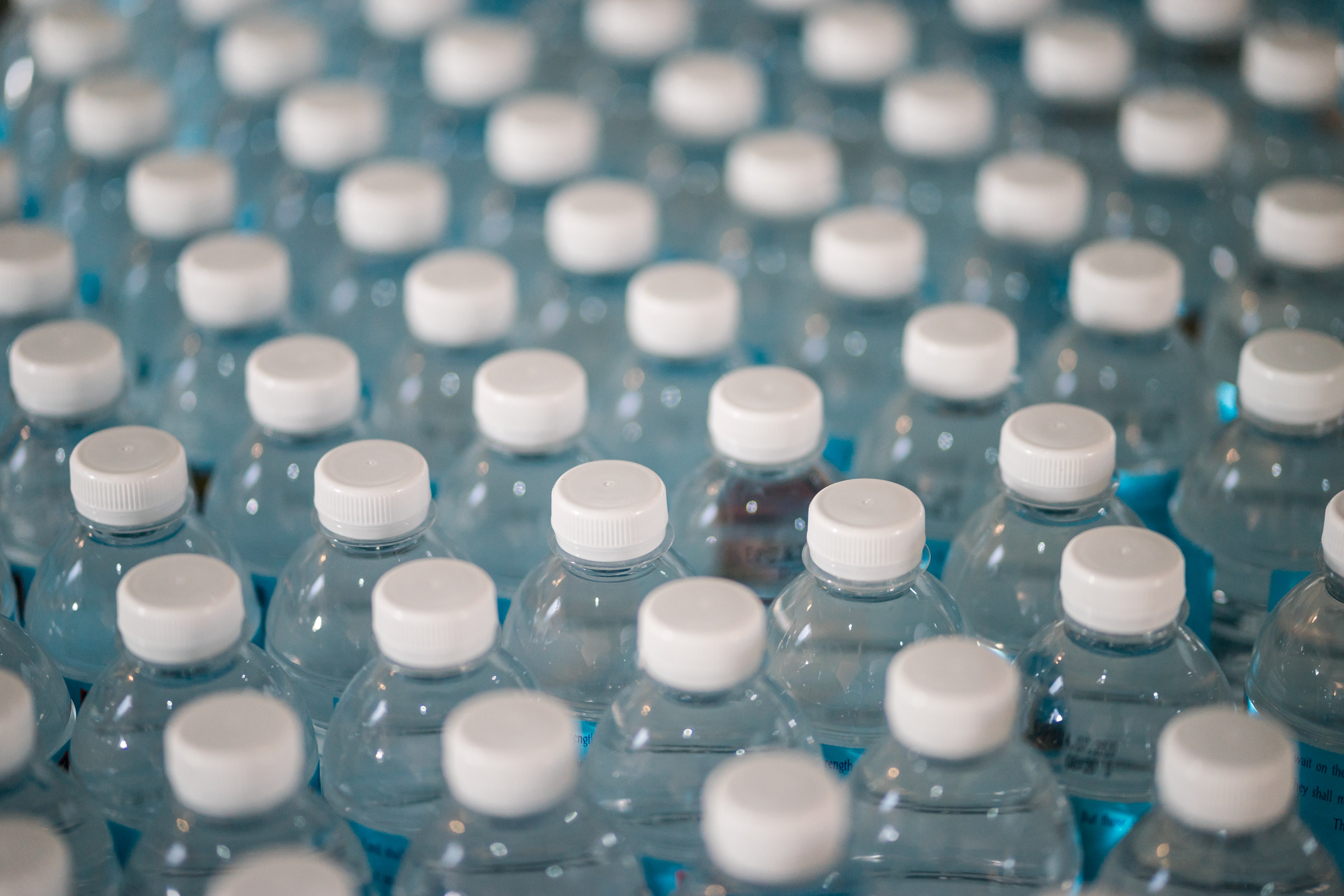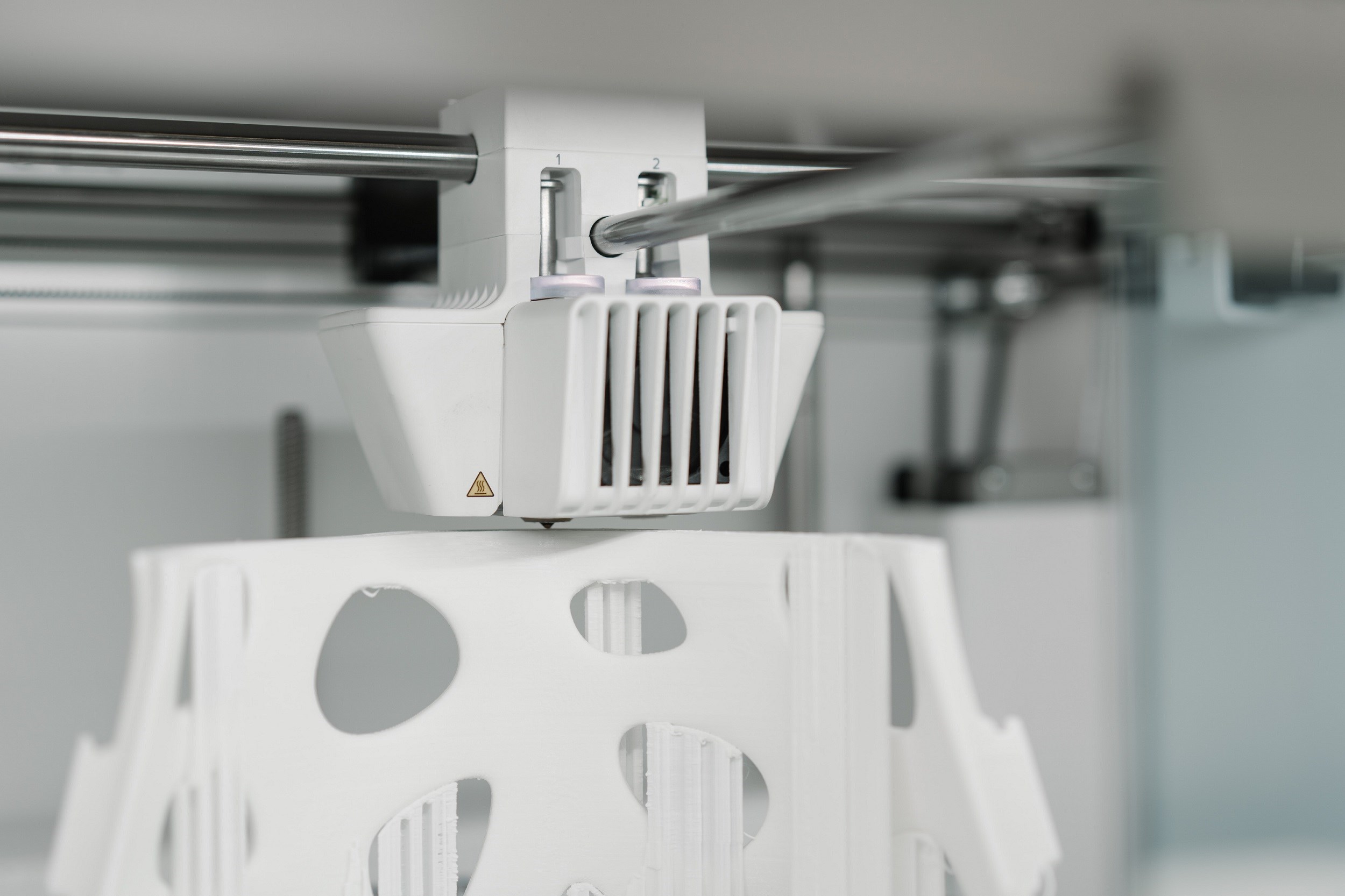Earlier this year, the Government’s Environment, Food and Rural Affairs Select Committee held an inquiry into plastic waste.
The aim of the inquiry was to seek input from innovation hubs, academia and industry experts as to the ways in which the UK government might reach its own target of eliminating all ‘avoidable’ plastic waste by 2042. In particular, how new types of ‘alternative plastic’, such as biodegradable plastic, might help to achieve this.
The inquiry was also aimed at allowing MPs to better understand how the UK might move closer in its use of plastic to a ‘circular economy’. A ‘circular economy’ allows the UK to move away from a ‘take, make and dispose’ model which is currently consuming the Earth’s resources at an unsustainable rate.
Biobased plastics are often hailed as playing a significant role in solving the world’s plastic problem.
In fact, in the Government’s “UK Innovation Strategy: leading the future by creating it”, published in 2021, it was stated that “where fossil-derived fuels or plastics are required, biomanufacturing will deliver biobased and waste-derived alternatives in 80% of the cases by 2035”.
ARE BIOPLASTICS AS GREEN AND ENVIRONMENTALLY FRIENDLY AS THEY SEEM?
“You can be biobased and not biodegradable at the same time, and that is important”
During the inquiry, Professor Rachael Rothman (a Professor of Sustainable Chemical Engineering and Associate Director of the Grantham Centre for Sustainable Futures) made it clear that there is a distinction between being a biobased plastic and being a biodegradable plastic.
Professor Rothman also highlighted that it is important to understand that turning a bio source (like a plant) into a plastic takes a lot of energy.
This means that to reduce the carbon footprint of biobased plastics, the energy system required to make biobased plastics needs to be defossilised or decarbonised. It is not just the source of plastic that needs to be defossilised, but also the energy that is used in the process.
Based on the work done by her group, Professor Rothman predicts that it may be 2032 before the carbon footprint of biobased plastics becomes lower than that of fossil-based plastics.
But this doesn’t mean that work should not be done on biobased plastics until then. We need to be ready for a biobased plastic rollout once the relevant energy challenges have been addressed.
WHAT DOES THE NEED FOR BIOBASED PLASTIC MEAN FOR INNOVATORS?
One indicator of future technology areas can be to look at patent filing trends. Patent applications filed today can be in force for the next 20 years. This means that by the time 2032 comes around, a lot of the technology we are using by then may have been filed in a patent application made over a decade earlier.
Patent filing data shows that a key area of innovation in the plastic sphere relates to biobased, biodegradable and compostable plastics. Of alternative plastics technologies, chemically modified natural polymers (such as modified polysaccharides including modified cellulose) are attributable to the largest number of patent filings over the last 10 years3.
The fastest growing field in the number of patent filings over the past 20 years was polymers made from bio-sourced polymers (for example, bio-PET which is used in Coca-Cola’s PlantBottle™). Notably, while these polymers help to circumvent the plastic industry’s reliance on fossil fuels, these materials are not biodegradable.
For there to be a shift in the type of plastics used day-to-day in our society, it is not enough for the innovation to exist. Societal habits also need to change. One way in which this change can come about is by making it easier for consumers of plastics to make more environmentally friendly choices.
WHO IS FILING PATENT APPLICATION IN BIOPLASTICS?
Between the years 2010-2019, the top five sectors for filing patent applications relating to innovation in bioplastics were:
| Sector | Number of international patent filings |
| Healthcare | 19292 |
| Films (a cross-industry application) | 8381 |
| Packaging | 6407 |
| Cosmetics | 5964 |
| Layered products (a cross-industry application) | 5331 |
Source: page 44 of reference 3
When taking a closer look at the cosmetics sector over the same time period, the top five applicants are all household names:
- Proctor & Gamble (US)
- L'Oréal (FR)
- Henkel (DE)
- Unilever (UK)
- Colgate Palmolive (US)
Source: page 45 of the reference 3
Having international household names at the forefront of patent filings is hopefully a good sign that biobased or biodegradable plastics will become commonplace in bathroom cupboards all over the world.
If you would like to discuss an invention relating to biobased, biodegradable and compostable plastics, please contact the patent attorneys in our specialist energy and cleantech team today so we can arrange an initial conversation.







